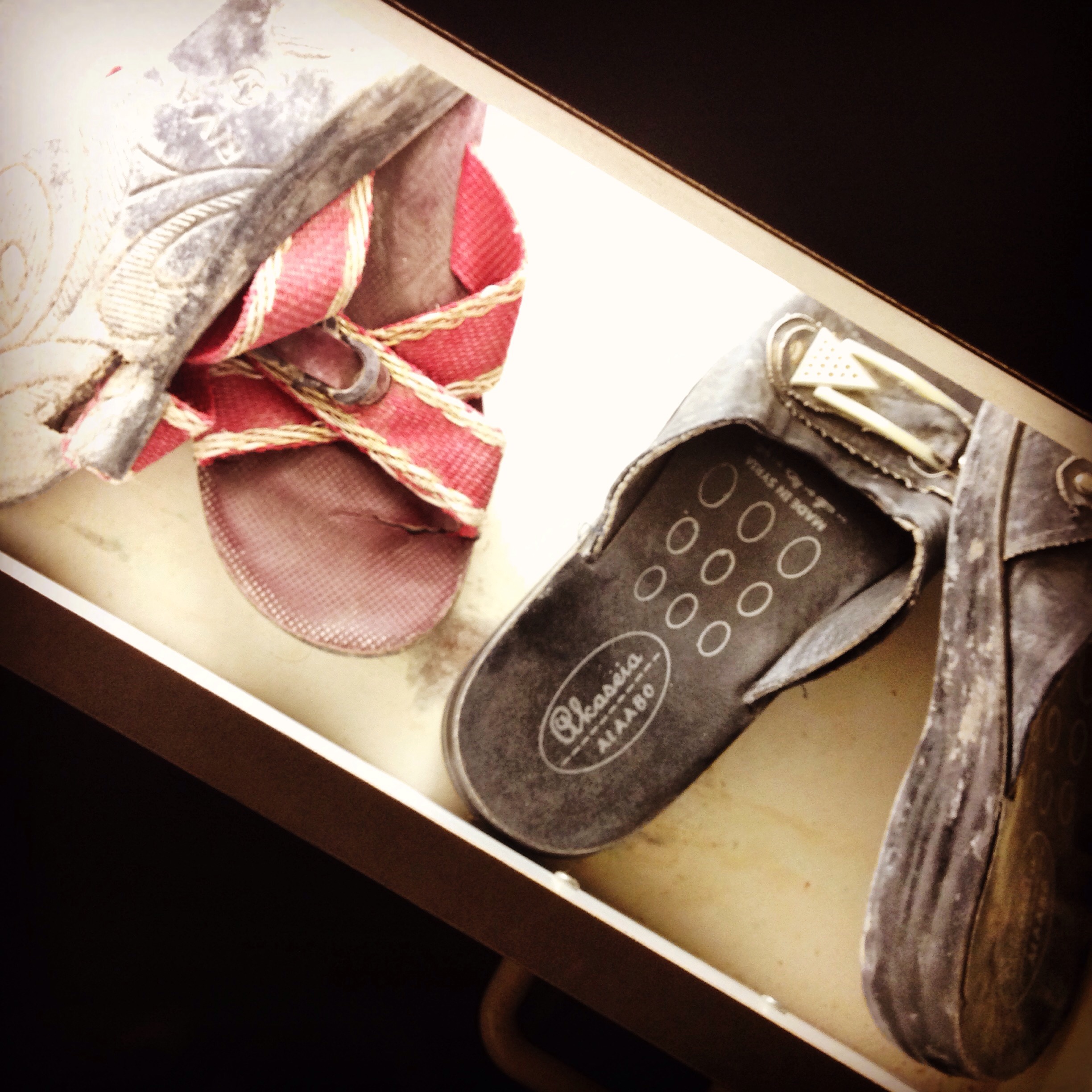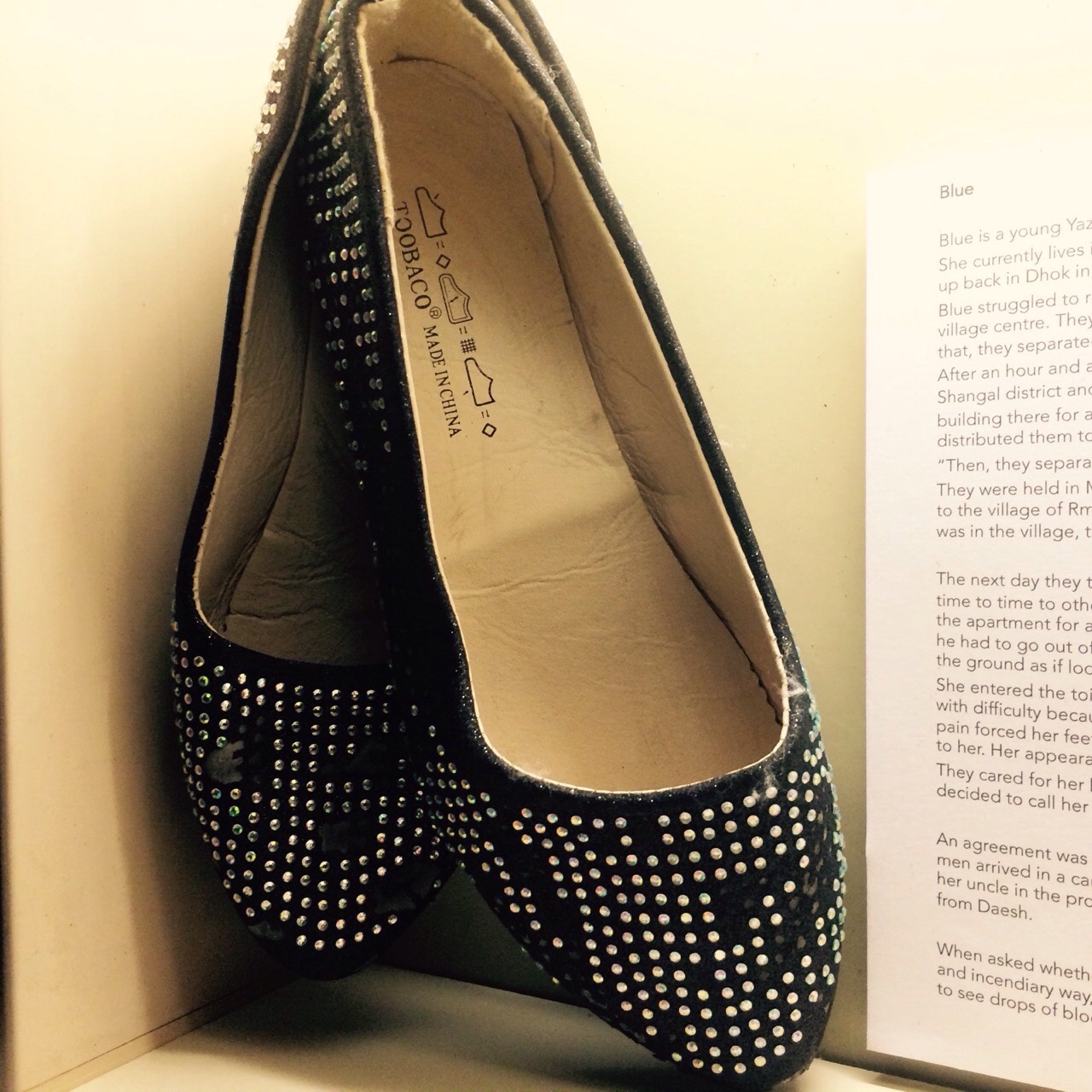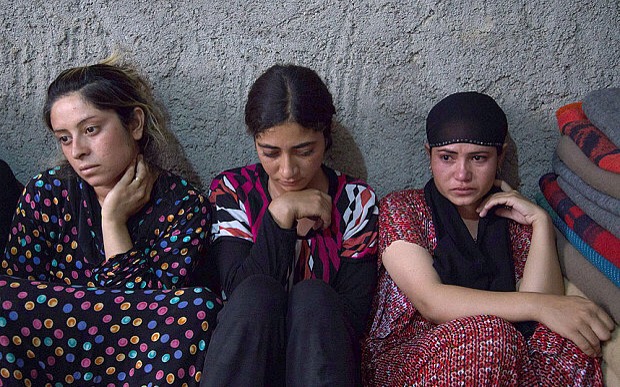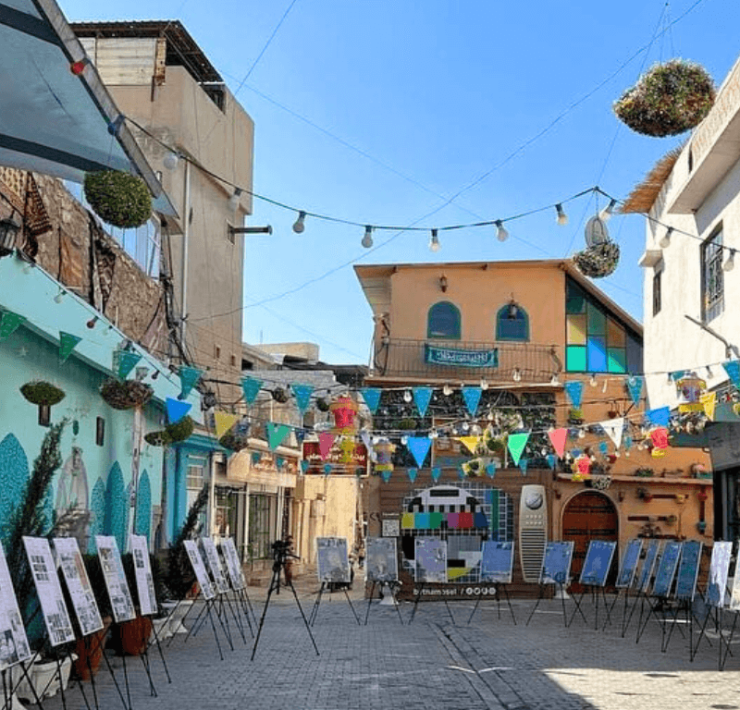“We were asking them to kill us. We were pulling their guns towards our heads, but they refused.”
Genocide. The annihilation of an ethnic or religious group. A shocking, unthinkable crime committed only by the sadistic and depraved. Arguably the worst crime ever to be committed by the human race. It seems impossible, then, that such a crime could habitually go unnoticed by the international community until it’s too late.
In August 2014, Daesh – the Arabic acronym for ISIL – began the genocide of the Kurdish Yazidi minority of Northern Iraq. They rounded up the populations of the villages they targeted, separating the men from the women. The majority of the men they captured were killed immediately. Shot dead in front of their female relatives. Many of these women and girls came to wish they had received the same fate.
“We were raped up to five times a day. One girl went to the bathroom and slit her wrist. When she did not die she cut her throat. The guards came to me and said you come and identify her – she’s your friend. I could not recognise her. There was so much blood on her face. The guards wrapped her in a blanket and threw her out with the rubbish.”
The Daesh soldiers tore babies from their crying mothers’ arms and chose girls to keep for themselves as slaves. The younger they were, the better. These girls suffered unthinkable abuses on a daily basis including forced conversion and rape, leading many to attempt suicide. When the soldiers had had enough of them, they were taken to markets in Syria and Iraq and sold like animals, over and over again. According to Iraqi journalist and Yazidi activist, Nareen Shammo, girls as young as 11 have been sold and abused.
 Yazidi girls recall the horrors they suffered under Daesh (image: The Telegraph)
Yazidi girls recall the horrors they suffered under Daesh (image: The Telegraph)
More than 4000 Yazidi women and girls were taken by Daesh. Some have escaped and some have been bought back by their families and communities. But this does not necessarily mean the end of their suffering. Yazidis have long considered converting to another religion, even under duress, an unthinkable sin. Yazidi communities are also extremely conservative, and their emphasis on purity and virginity has left many battling with feelings of shame and exclusion.
How, then, do we go about telling their stories without forcing them to relive their horrendous experiences and resigning them to the fate of living only as victims for the rest of their lives? How do we help them leave these events behind them and become survivors?
 Falah Shakarm is a lawyer, specialising in human rights in Iraq. He survived Saddam Hussein’s attempted genocide of the Iraqi Kurds, escaping the famous chemical attack on his home city, Halabaj. Along with the artist, Siemon Scamell-Katz, Falah is attempting to tell these girls’ stories through their shoes at an exhibition which is currently in Edinburgh for the Fringe festival.
Falah Shakarm is a lawyer, specialising in human rights in Iraq. He survived Saddam Hussein’s attempted genocide of the Iraqi Kurds, escaping the famous chemical attack on his home city, Halabaj. Along with the artist, Siemon Scamell-Katz, Falah is attempting to tell these girls’ stories through their shoes at an exhibition which is currently in Edinburgh for the Fringe festival.
According to Brian Brivati, the exhibition’s organiser, “It is the shoes of the women and girls who escaped from Daesh, who walked, who ran, crawled, willed themselves to freedom… These objects, these shoes, are patches of normality… These images are part of the first testimonies.”
I n order to become survivors, these girls must not be identified solely by the crimes that they have suffered. Their shoes remind us that they are no different from us. They too are human beings. Their stories are real. They do not cease to exist when we switch off the news and go back to our normal, trauma-free lives.
n order to become survivors, these girls must not be identified solely by the crimes that they have suffered. Their shoes remind us that they are no different from us. They too are human beings. Their stories are real. They do not cease to exist when we switch off the news and go back to our normal, trauma-free lives.
This exhibition highlights the importance of recognising genocide in our midst. Refusing to accept the treatment of these women as a cruel, but inevitable consequence of war. It is about bringing to life the stories of these girls so that they might know that they have the world’s support, helping them to rebuild their lives.
You can visit the exhibition at Summerhall Courtyard, Edinburgh until 31st October, 11am-6pm. For more information visit http://www.summerhall.co.uk/2015/a-mile-in-their-shoes/








